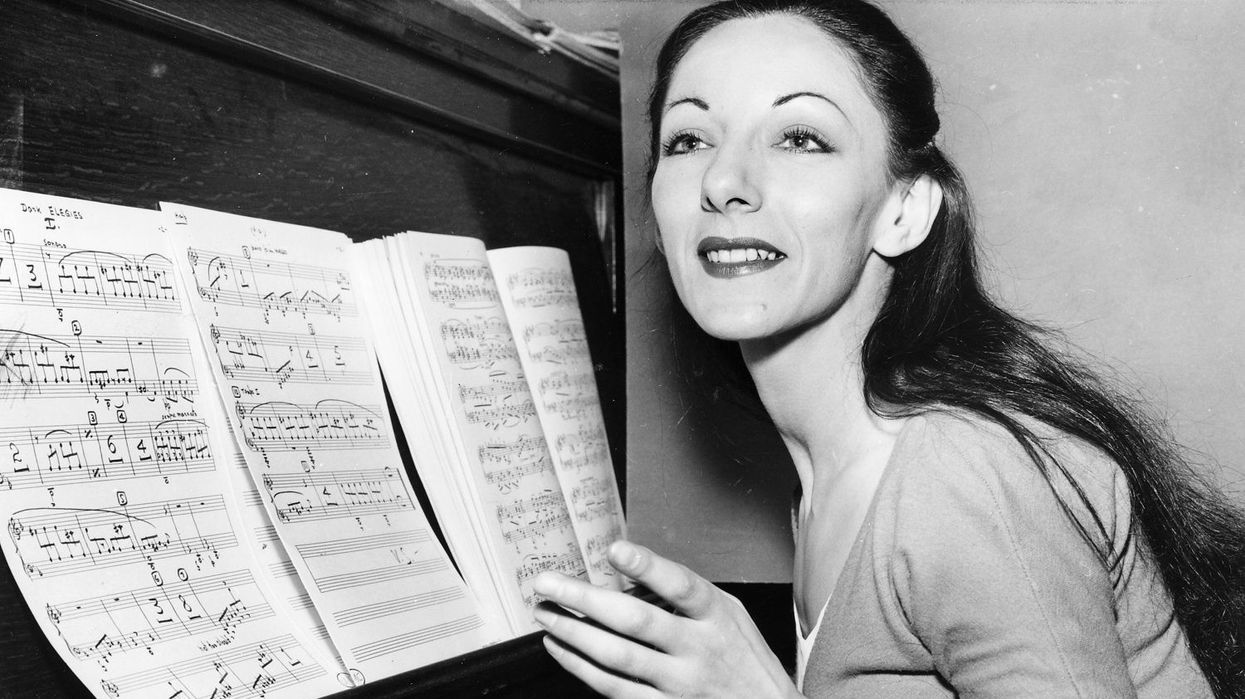When guests enter the Four Seasons Centre for the Performing Arts, they get their ticket scanned and make their way through the crowds of well-dress patrons wearing suits and gowns with a glass of wine in one hand and a program of the night’s main performance in the other.
As the start time nears everyone gathers in the auditorium, flashing their tickets to the usher who directs them to their seat. The reminder to turn off cellphones echoes throughout the 2,071-seat theatre prompting most to check their device one last time. The lights dim, the orchestra cues, the curtain lifts, and the ballet begins.
For 70 years, audiences who have attended a performance by The National Ballet of Canada have been in awe of every pirouette, lift and plié -- no matter the venue. Today, it is one of the top international ballet companies in the world and that's thanks to its founder Celia Franca, who once lived on Carlton Street in Toronto.
From Eaton's to the World Stage
Born in London, England in 1921, Franca started dancing at the age of four and studied at prestigious institutions such as the Guildhall School of Music & Drama and the Royal Academy of Dancing. She performed with dance companies including Ballet Rambert and the Metropolitan Ballet.
READ: Legendary Houses: A Home for Ned Hanlan, Canada’s First World Champion
Franca came to Canada in February 1951 at the age of 29. She was recommended by dancer and choreographer Dame Ninette de Valois to a group of dance enthusiasts from Toronto looking to begin a classical ballet company in Canada. Franca accepted and founded The National Ballet of Canada, where she served as its first artistic director. In just nine months, she recruited and trained dancers, hired an artistic team and staged the very first show, all while working as a file clerk at Eaton’s to make a living.
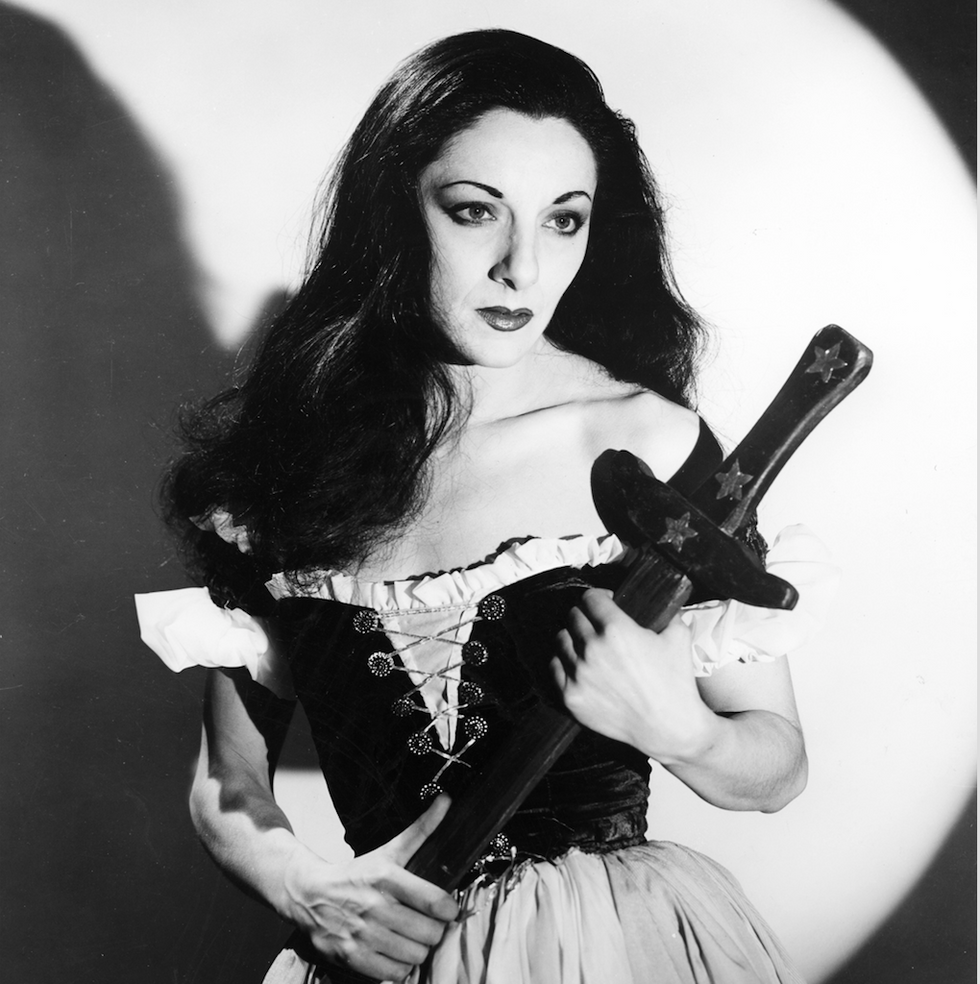
On November 12, 1951, The National Ballet of Canada made its debut at Toronto’s Eaton Auditorium on the seventh floor of what is now The Carlu at College Park. Patrons could buy tickets for $3.00 to see performances of Les Sylphides and Polovtsian Dances from Prince Igor, danced by Franca and four other principal dancers.
She danced with the ballet until 1959 and, throughout her 24-year tenure as artistic director, worked to increase the popularity of ballet in Canada and make the company internationally known. In 1958, The National Ballet of Canada performed 25 sold-out shows in Mexico City. In 1972, they toured Europe for the first time and the following year performed at the Metropolitan Opera House in New York City with their rendition of Sleeping Beauty. They were also the only classical ballet company to be invited to Expo ‘70 in Japan.
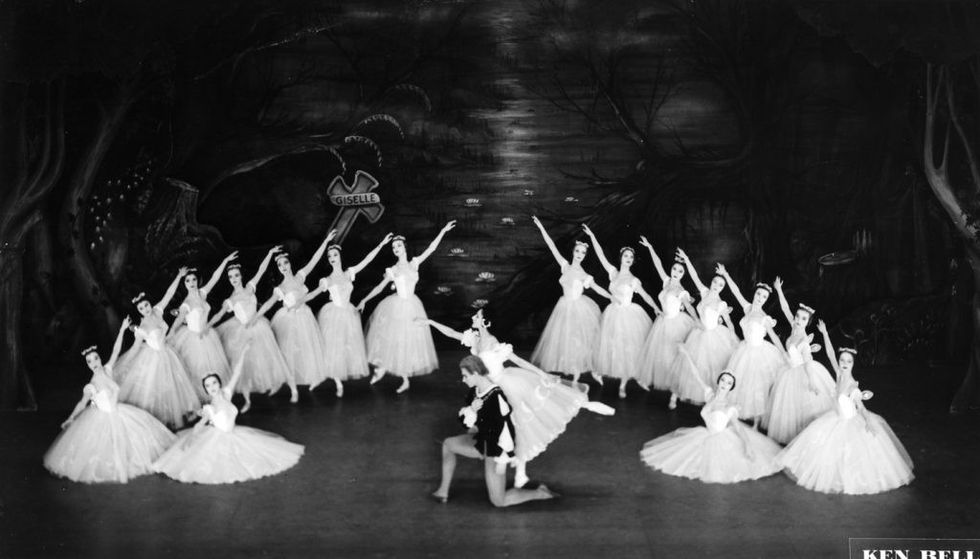
Franca staged many dance classics for audiences, commissioned and acquired the works of more than 30 Canadian choreographers and created an Emmy winning CBC production of Cinderella. She also welcomed guest artists to perform including Lynn Seymour and Rudolf Nureyev.
Franca co-founded Canada’s National Ballet School in 1959 with Betty Oliphant. Franca once commented on the lack of ballet schools in Canada and teachers who could properly train ballet dancers. Her school would teach the likes of current artistic director Karen Kain, dancer Rex Harrington, and actress Neve Campbell.
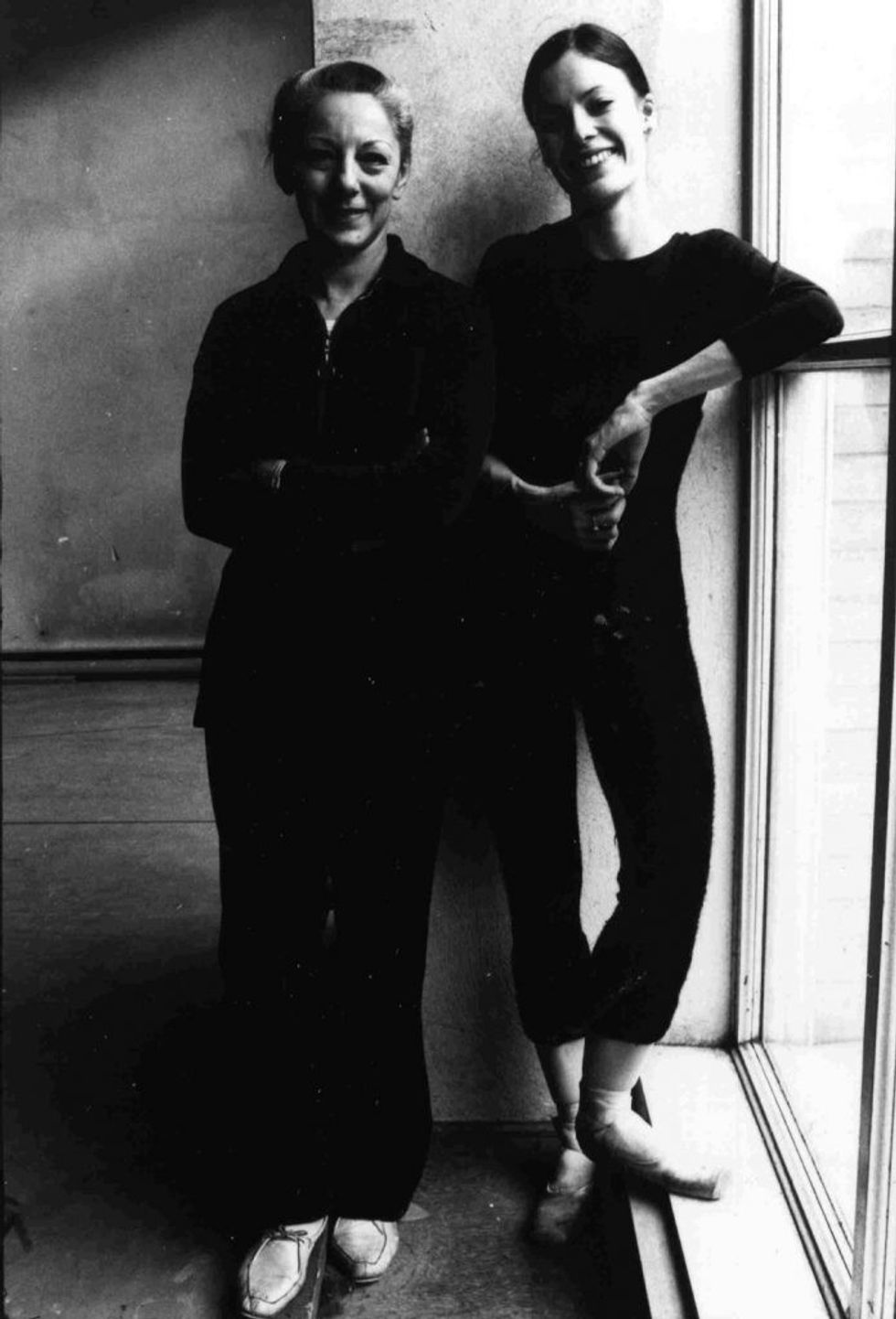
The company found a home in 1964 at the O’Keefe Centre (now Meridian Hall) and in 2006, moved to its current home at the Four Seasons Centre for the Performing Arts on the southeast corner of Queen Street West and University Avenue.
A Ballerina’s Apartment
Between 1958 and 1962, Franca lived at 166 Carlton Street across from Allan Gardens Conservatory in the Allan Plaza Apartments. The Toronto City Directories note Franca lived in unit 308, which, according to floor plans, had an east-facing balcony looking towards Cabbagetown.
The brownish coloured 11-storey structure has a pink awning giving the building a pop of colour that instantly draws your eye. The awning notes the address and advertises the convenience store on ground level. The entranceway has a sign advertising large bright renovated suites, which are a mix of bachelor and one-bedroom units ranging from 340 to 575 square feet.
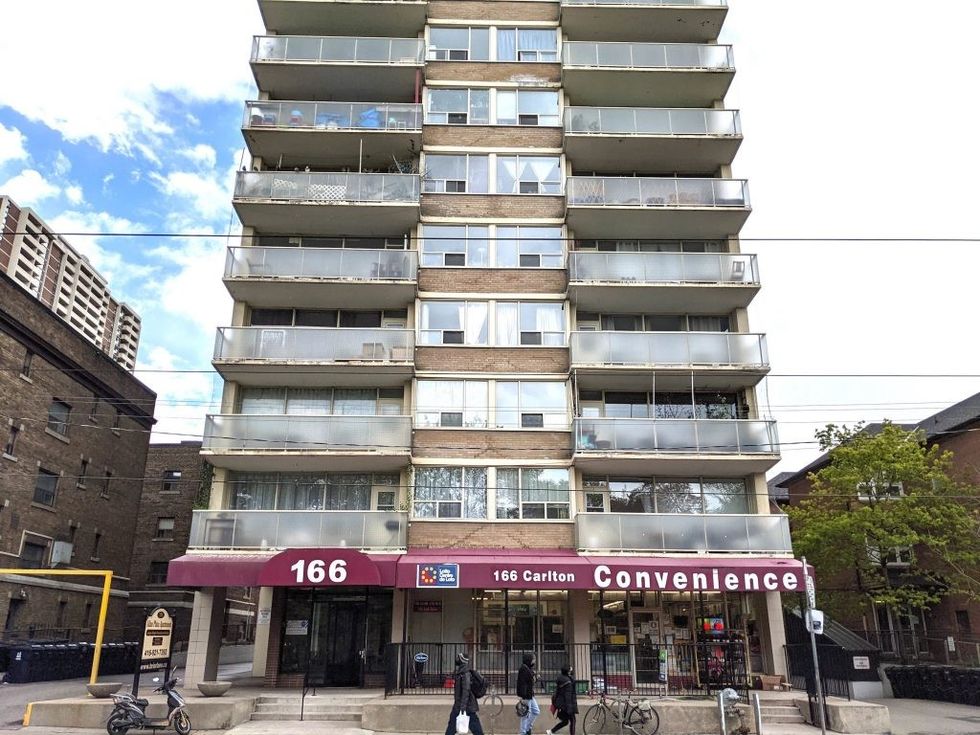
When Franca lived at the apartment she was down the street from Eaton’s art-deco College Street location where the ballet made its debut. During her time at the residence, The National Ballet of Canada danced at the Royal Alexandra Theatre.
She was also walking distance from iconic Toronto structures such as Maple Leaf Gardens, which was still home to the Toronto Maples Leafs, and 372 Jarvis Street, the former home of the province's longest serving premier Sir Oliver Mowat. Mowat's 1856 built Georgian-style house would have been occupied by CBC when Franca lived in the area. Today, the house is part of a series of modern glass structures making up The Celia Franca Centre, which is part of Canada’s National Ballet School.

A Ballet Pioneer
Franca left a long-lasting legacy, with some calling her a pioneer of ballet in Canada. She was a visionary who took the risks needed to elevate the company and help make it internationally known. She educated Canadians on the art form and inspired a generation of dancers while setting a standard for teaching ballet. She has received the Order of Canada and Order of Ontario.
When she died in 2007 in Ottawa, the headline for her obituary on the front page of the Ottawa Citizen summed up her life, work and influence perfectly in five words: “She Taught Canada to Dance.” Whether a dancer, patron or employee of the ballet, most Canadians love and knowledge of the dance form can be traced back to the impact Franca made the moment she moved to Canada in 1951.

Lead Image: Celia Franca with the “Dark Elegies” score. Photo by Fred News, courtesy of The National Ballet of Canada
